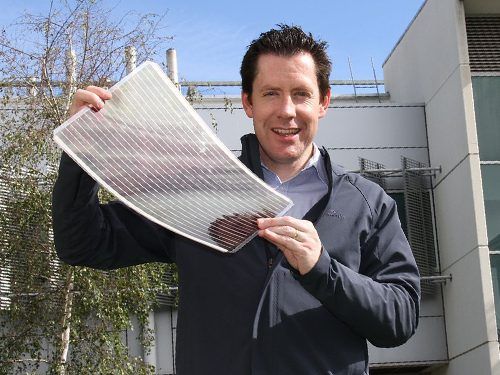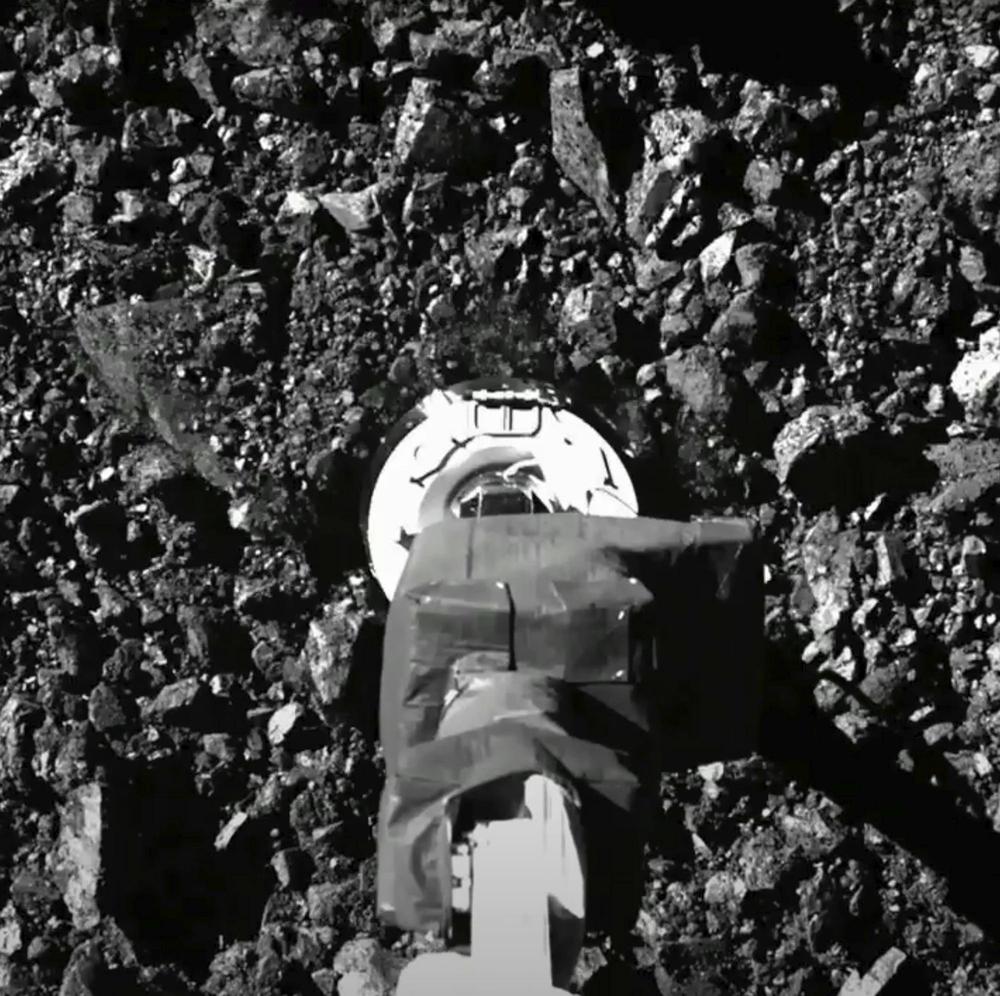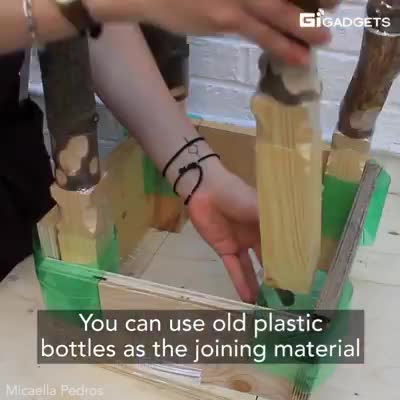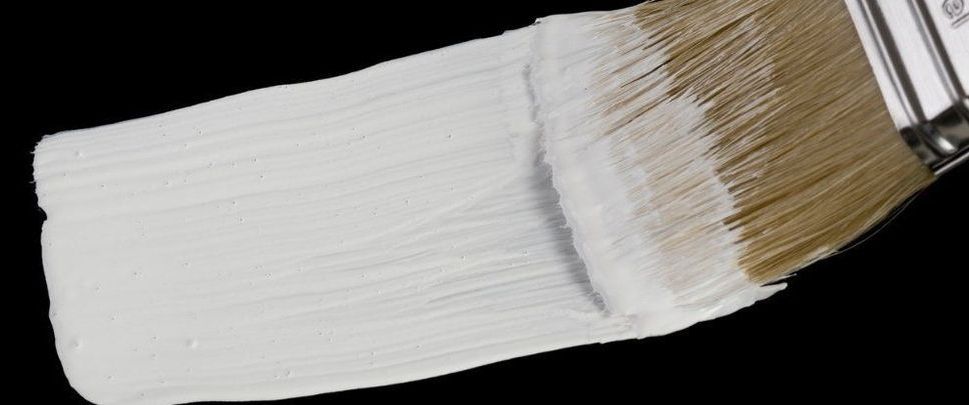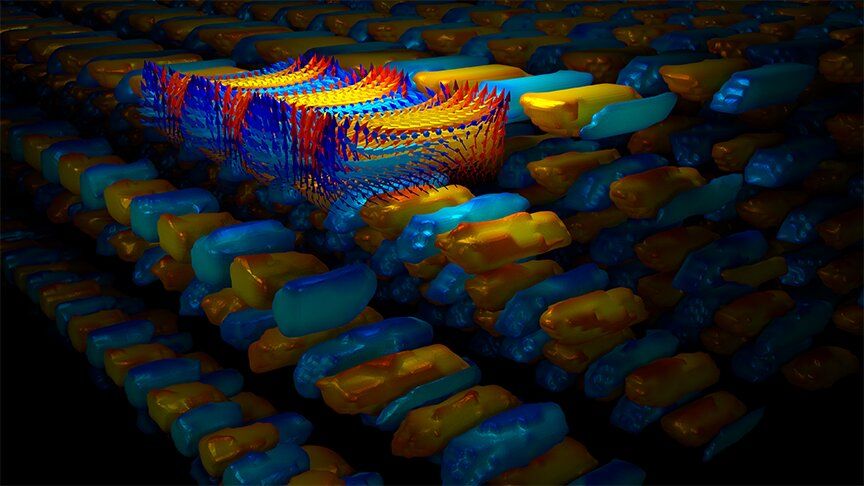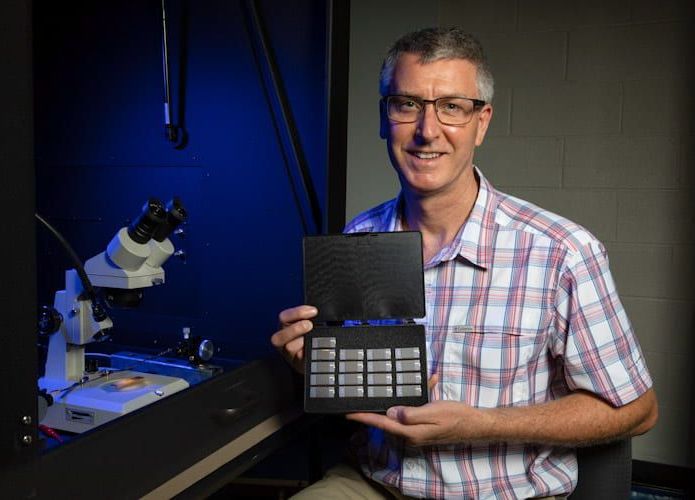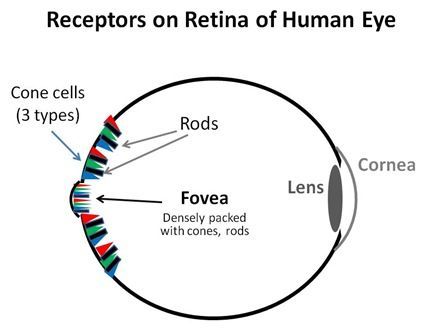
The human eye does not work like a camera, contrary to common belief. Consider the following key factors:
1) Both the cornea and the lens COMBINE to give the focusing effect. Thus it is TWO lenses, not one that allow human vision. In fact the cornea is responsible for two-thirds or more of the focusing effect. The lens compounds that focusing, projecting it from past the pupil onto the curved retina at the back of the eye.
2) The eye corrects for CHROMATIC ABERATION by having a central pit, the FOVEA, where the blue cells are concentrated along the outer rim and the red cells concentrated in the center. Blue light focusses slightly closer to an objective lens and red light slightly further. Thus the red cells are concentrated further back, at the base of the pit, so that the human eye has a natural color correction without the need for complex color corrected lenses.
Continue reading “Metalens Retinal Projection Using The Eye’s Inherent Structure” »
